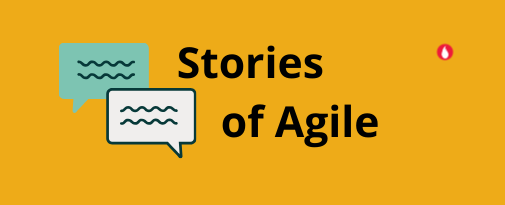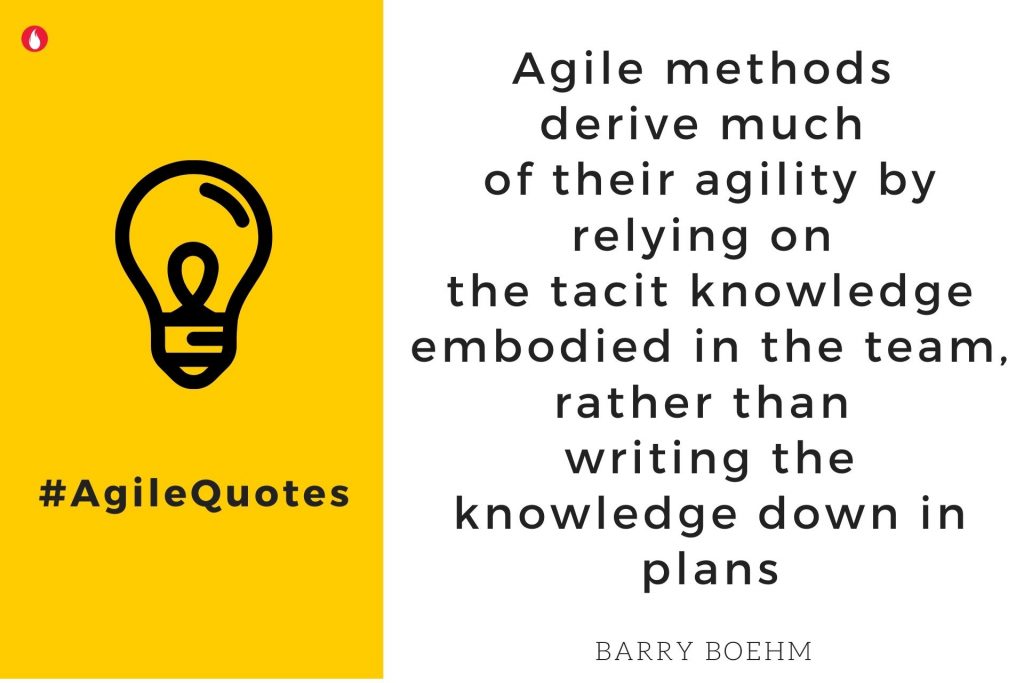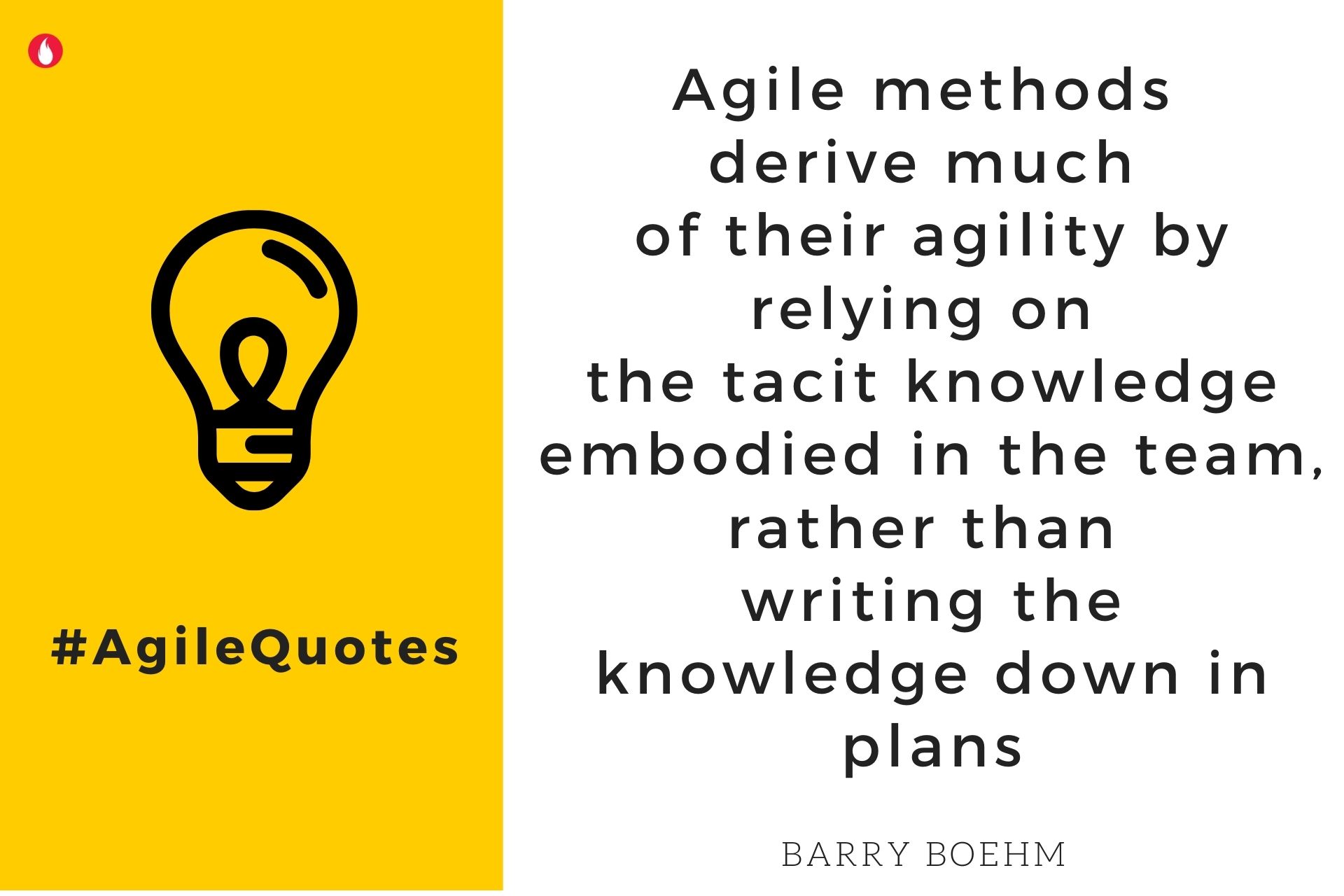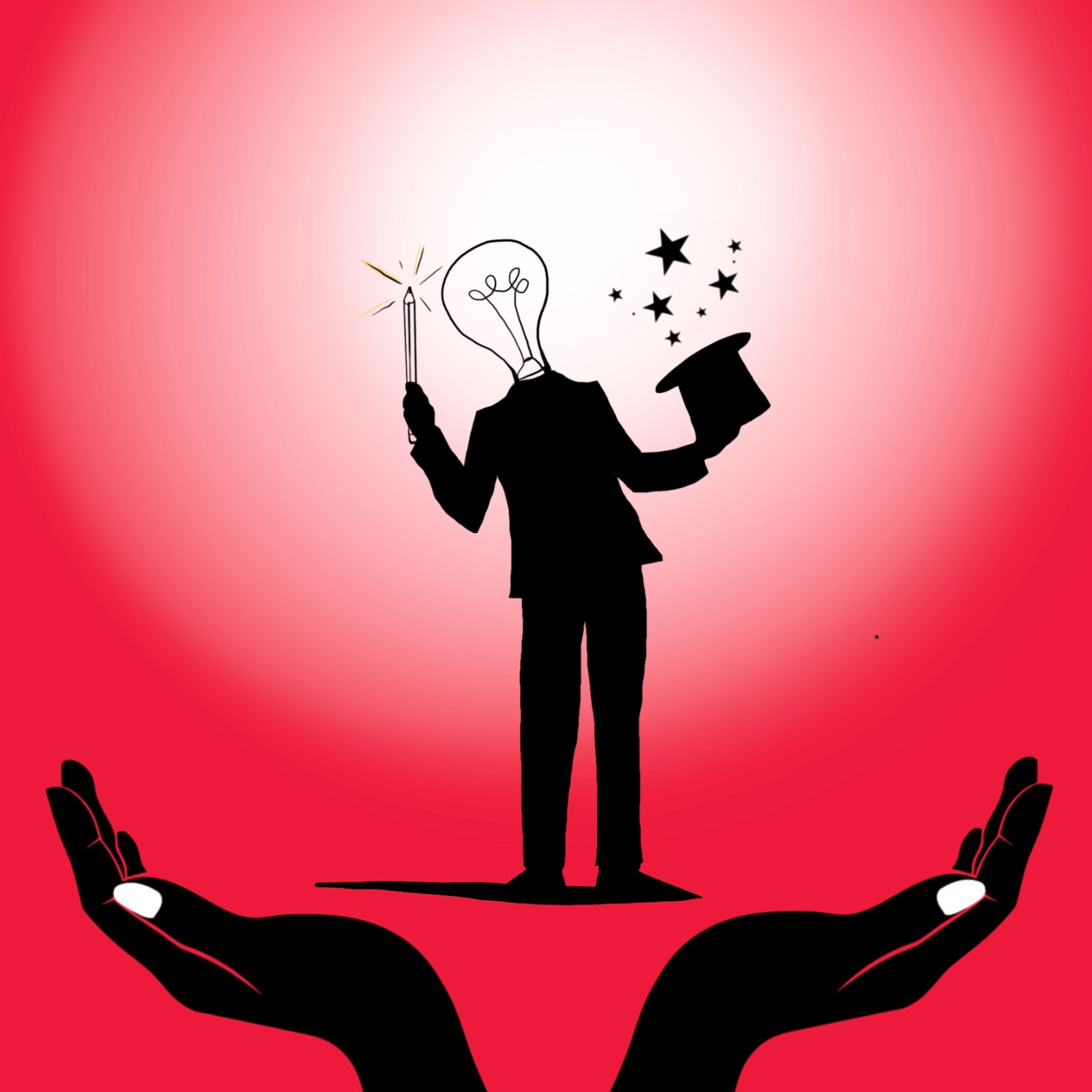When you need to make any financial transaction do you head to your bank or your phone? How many non- bank apps like Google pay, Phone Pe, Amazon Pay have access to your wallet? Or rather how many have become your wallet? ANZ realised that it’s competition was coming from technology companies and not traditional banks. The company decided to adopt Agile, which is a common way of working in software firms. Yet ANZ’s agile transformation has been a journey of making choices for agility. In this post, transformation from the lens of experiences of its people, especially from the HR team is explored further.

First choice to focus on the people.
ANZ recognized that technology and a new way of working would be imperative to stay competitive. A quote from Robert Marchiori, general manager, group transformation at ANZ sums up the approach. “We took a very conscious decision to really focus on transforming our people first. Because it’s the people that change the process and it’s the people that change the technology.”
This meant that the HR team at ANZ first recognized that the change had to start with them. They adopted agile ways of working and took on a different name: ‘Talent and Culture team’. Before they rolled out the transformation, they invested in a significant capability uplift. The focus especially was on soft-skills like – Growth mindset, how to be in a self – governed team, etc. These proved important.
Second choice, to co-create an agile framework in their own context.
ANZ created its own framework for agility called the New Ways of Working and New Ways of Leading. These behaviours became foundational to how the teams worked. The New Way of leading needed managers to Be curious, Create Shared clarity, Empower People, Show Empathy, and Grow The Team. Read more here.
Third choice: To be radically transparent.
Once they had enabled their teams and co-created the agile framework, came the step of rolling out the transformation across the organisation. As they worked out the steps of roll out, the entire ANZ team was invited to walk into the room and understand the plan. The conference room itself had glass walls and called the ‘fish-bowl’. This made it far more inviting and easier for staff to walk in. The transformation team hosted two pizza meetings every week. They invited all members to join in and understand how the transformation would play out and why.
This choice of radical transparency made it easier for the 9000+ staff to accept the change, even if it meant job losses.
Fourth, autonomy to help everyone make choices.
In this transformation, every employee could choose to apply for the role they wished for. A selection process involved tests, video interviews and more. Apart from creating autonomy for individuals, this selection process helped make the change real. Especially when the usual high-performing incumbents did not make it to the new role. It symbolised that the organisation was serious about the New way of working and leading. A cultural transformation as much a business driven one.
Fifth, the choice between consolidation or expansion.
ANZ has been chipping away at the business agility anchor for 3 years now. They have allowed an agile mindset and way of working to evolve organically. Different teams have taken different methodologies to meet the same end. ANZ has tasted success in this change management exercise.
ANZ has chosen to not expand their NWOW and NWOL model to contact centres, vendors, and other geographies, for now. They have chosen to consolidate rather than expand. CEO Shayne Elliot said “it is not about adding numbers but getting the maximum value out of this new way of working”.
ANZ has built business agility and psychological safety through the anchors of radical transparency, authenticity, empathy, and autonomy. A psychologically safe workforce with an agile mindset have reinforced each other to create business results for the firm.

Here is the round up for the Edition 10 of the Agile OWL.
From social media:
1. CIO’s estimate that ‘Tech-Debt’ accounts for 40% of the value of the entire technology estate. As with financial debt, a degree of tech debt is an unavoidable cost of doing business, and it needs to be managed appropriately to ensure an organization’s long-term viability. The McKinsey report carries strategies and conversations on this theme.
2. A new normal is emerging screams a headline. The future of work is remote work says another. BCG is carrying another take that hybrid work is the future.
From the bookshelf:
The Psychology of Money by Morgan Housel is a must read. Packed with anecdotes that helps one explore their own mindset with money. Anecdotes, reflections, and a racy style of writing make this a powerful and easy read. Just in case you want a smaller digest written by Morgan Housel himself , read here.
From the trivia & fact box:
Most countries have their banking systems dominated by 4 banks, which control more than 65% of the deposits in that country. Thus was born the colloquial name of ‘Big 4’. ANZ is part of the big 4 in Australia. Read the ‘Big 4’ names from US, Brazil, Canada and other countries here
#AgileQuotes to sign off..

Note : This post is Edition 10 of the Agile OWL from the OWL umbrella. The Agile OWL is a newsletter focused on the human experiences and stories within agile transformations. Sign up to receive the newsletter here



